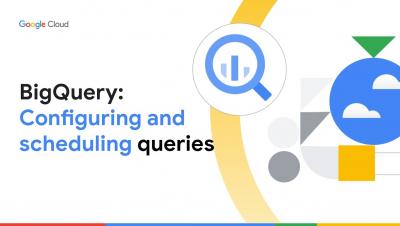Implement a Multi-Cloud Open Lakehouse with Apache Iceberg in Cloudera Data Platform
Since we announced the general availability of Apache Iceberg in Cloudera Data Platform (CDP), Cloudera customers, such as Teranet, have built open lakehouses to future-proof their data platforms for all their analytical workloads. Cloudera partners are also benefiting from Apache Iceberg in CDP. For example, Modak Nabu is helping their enterprise customers accelerate data ingestion, curation, and consumption at petabyte scale.









